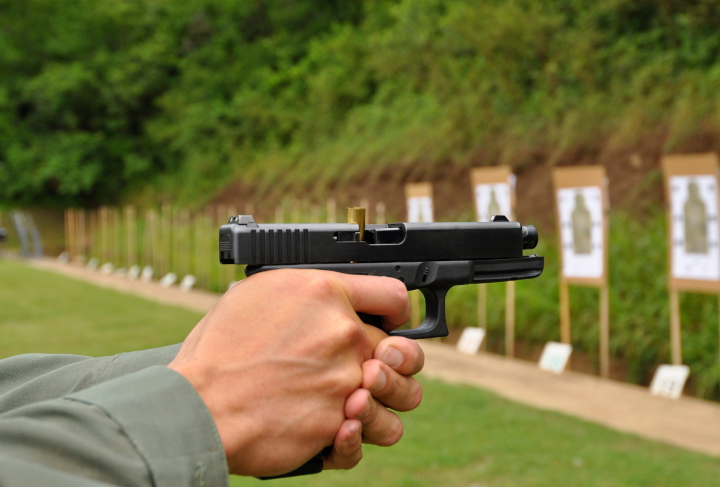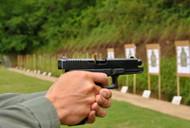How to Take Your Reloading to the Next Level
Posted by Gunstop on 18th Mar 2015

Reloading is a fun way to save money and improve your shooting, and can become a life-long hobby. But the fun doesn’t have to stop when you pull the trigger! There is a huge range of advanced reloading adventures to take on. From customizing cases to casting bullets and measuring your reload’s performance, exploring the more advanced side of reloading will ensure you never run out of new things to try.
Measuring Performance
Beyond simple reliability and general accuracy, there is a whole host of other factors that can be measured when it comes to the performance of your reloads. Before you begin to dive into handload performance, make sure you’re using a reliable and well maintained firearm, and shooting from a stable platform.
For target and long range shooting, consistent velocity is a critical factor. Getting a chronograph will help you measure the exact velocity of your various loads and test the consistency. A chronograph is simple to set up, is easy to use, and will give you great insight into how your reloads are performing. Use a chronograph to detect variations in powder load, test the powder stability at different temperatures, and get averages of your velocities.
For hunters, testing the lethality of loads is critical. Insuring hollow point projectiles expand reliably and create a sufficient wound channel is important to insuring a quick and humane kill. Ballistic gelatin is the best way to see what happens when your handloads hit a soft target. Many simple recipes for creating ballistic gelatin at home can be found online, or you can purchase one of the many commercially available products. Remember to shoot your gelatin block at the distance you expect to be hunting from, and take extra care to make sure your testing procedures are safe.
Creating Custom Loads
It’s always recommended to start with a proven reloading recipe and stay within manufacturers’ specifications, but many reloaders decide to make small variations to create their own custom loads. With control over cases, powders, and bullets, a nearly endless combination of custom loads can be developed.
Reloaders can make small tweaks to recipes that result in better accuracy, or more velocity, or even develop subsonic loads for suppressor use or other special applications. Just make sure to not exceed the maximum pressure recommended, do not dip under the minimum velocity for your caliber, and use primer and powder combinations that ensure a quick and complete burn of powder.
Custom Cases and Bullets
Another advanced area of reloading is case modification. Because many types of ammunition are based on a parent case, reloaders can modify cases for use with different loads. For instance, 223 cases can be trimmed and reshaped to load for 300 blackout, or you can even make 6.5 creedmoor from 308 brass. If you decide to modify cases, make sure you start with a high quality brass case and use the proper tools to ensure the new case is up to spec.
Making your own bullets is another fun way to expand your reloading skills. Making bullets requires melting down metal alloy and pouring it into a bullet mould. Making your own lead cast bullets can be an economical way to shoot large calibers, and gives you an opportunity to reuse scrap metal. Just be sure to check with the manufacturer of your firearm, as many modern barrels are not designed to shoot cast bullets and can be damaged.
Whether you are customizing cases, making bullets, or developing an amazing new handload recipe, these advanced reloading techniques are fun and challenging.

